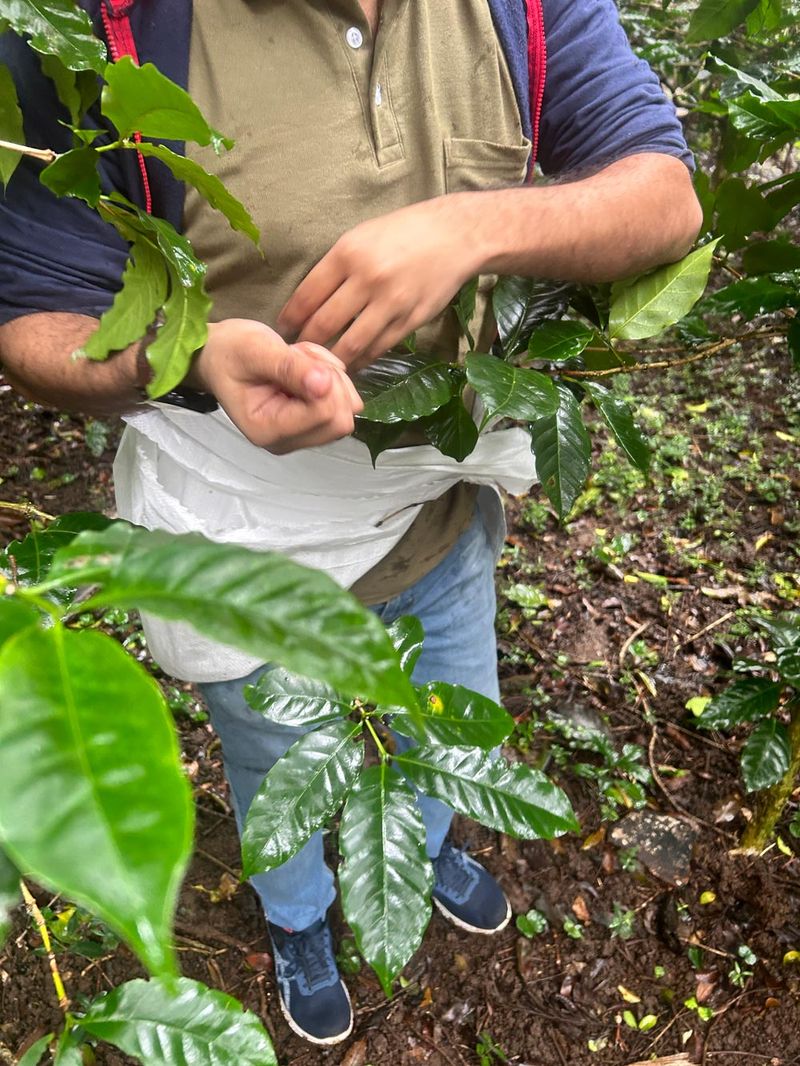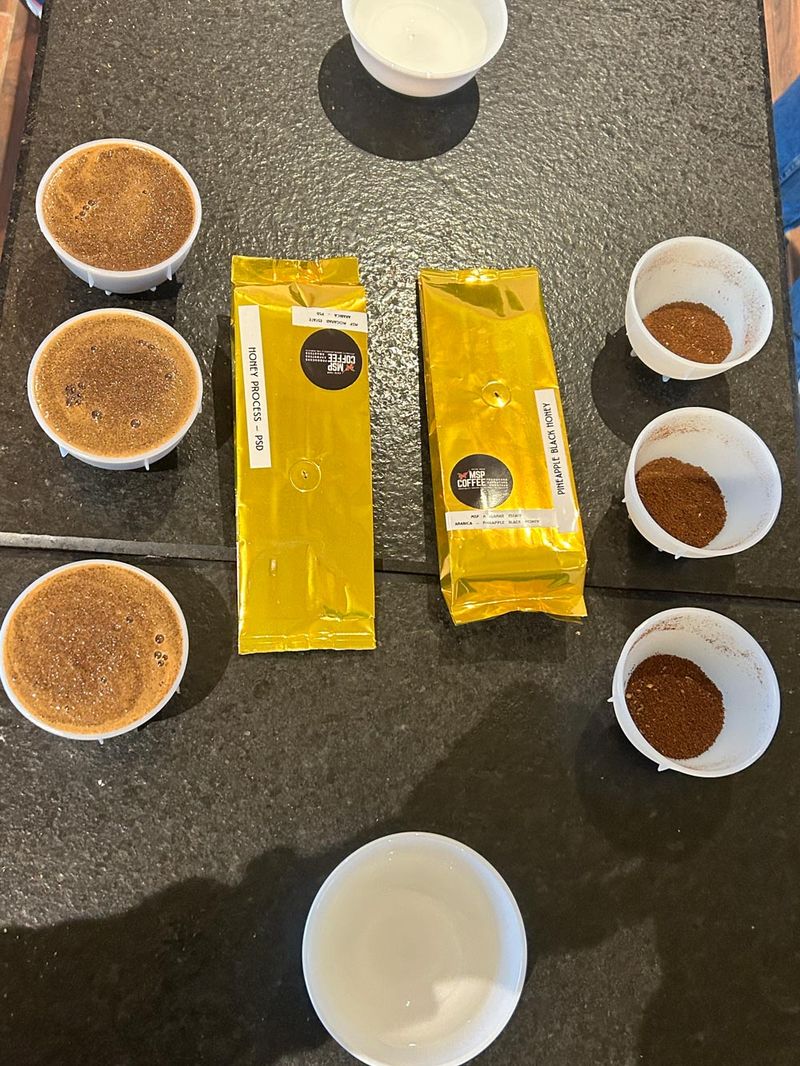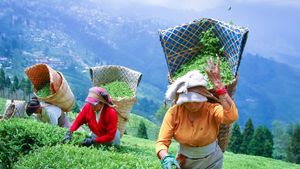It feels like a dream when we reach Heaven’s Ledge, a quaint property in the hills of Yercaud in Tamil Nadu. The clouds had taken over much earlier on the drive up to the property with visibility dipping dangerously at a few points but touching down and feeling the mist in the air was another experience altogether.
Only later did we learn that the rains weren’t supposed to come in at the time and climate change was wreaking havoc in the farms surrounding Yercaud, a place that has some of the best coffee plantations in the country.
Road to Yercaud
Learning about coffee from a place that’s not Chikmagalur might sound like an odd proposition but the fact of the matter is that coffee is grown across the country in places ranging from India’s North East to Kerala. Tamil Nadu’s Yercaud region is the state’s most popular coffee belt and offers a great microcosm of the state of coffee plantations in the country, especially outside of the popular Chikmagalur area that’s always in focus when it comes to coffees.
So, when Blue Tokai Coffee Roasters announced a coffee plantation tour to Yercaud, I booked my tickets first and reached out to the team. They found me a spot and off we went to visit the plantations managed by MSP Coffee, the team behind some of my favourite coffee estates such as Orchardale and Stanmore among others such as Gowri, Moganad and Bison Valley.
Reaching Yercaud isn’t exactly a straight road. In fact, climbing up involved traversing hairpin bends through the appropriately named Yercaud Loop Road that will leave you feeling dizzy in the hands of an inexperienced driver. Thankfully, our young driver passed muster and slowed down just enough around the curves while we entered cool temperatures and the clouds came ever closer to enveloping us and coffee plants peeked at us every now and then as we got closer to our destination. We were to get a closer look at them soon.
Cherry picking

The next day we were greeted by Kamalesh Pandianathan, who looks after the quality of coffees at MSP Coffee plantations and a veritable treasure trove of coffee knowledge. We went off on a short hike and saw a few coffee workers waiting for us with large plastic bags.
Pandianathan tells our intrepid group that we’re taking over from the coffee pickers for 15 minutes to see how many coffee cherries we can collect. The plastic bags were wrapped around us tightly to resemble a dhoti with a huge kangaroo-esque protrusion to collect the cherries. It seemed like a fun activity to do until we were told that the cherries would be sorted and weighed at the end. We jumped in with gusto and were already huffing in the end, only to realise that the coffee pickers work on the estate for eight hours every day doing the same job with more precision.

Most of the cherries we collected didn’t even make it to the final stage because specialty coffee demands only the best red cherries, Asif M Salim, who heads green bean sourcing for Blue Tokai Coffee Roasters, informed us. It was the first time we realised the enormity of what happens at a coffee plantation.
Brewing trouble

Pandianathan then took us through the coffee plantation that has been in existence since the 1920s and further explained the problems gnawing at coffee plantations. He listed out three big problems that every coffee farmer is currently facing that will need urgent intervention lest we start taking our morning cup of coffee for granted.
The first is – no surprise – climate change. Coffee farmers are unable to predict the rainfall season accurately, leading to huge losses at times. One heavy spell of undue rains and coffee cherries will fall to the ground and dry up, making them unsuitable even for commercial coffee usage.
The second big problem facing farmers is increased input costs, especially for fertilisers and equipment but mostly for hiring labour, which directly leads to the third biggest problem, which is that no one wants to do manual labour anymore, leading to higher wages and attrition that has left coffee farmers scratching their heads for a solution.
The processing and cupping

When we drive down to the estate’s coffee plantation to witness how the cherries turn into green beans, we see the effects of all three problems all at once. Minutes after our arrival, workers scramble to cover coffee beans drying on raised beds as tiny raindrops start falling. A line forms outside a small administrative building where labourers collect their weekly wages. Salim looks up from the queue to the sky and informs us that sourcing green beans is getting more and more difficult with every passing year with no solution in sight.
For our final coffee experience, the crew organises a coffee cupping session with different MSP Coffee blends. We sniff, taste and write down our observations in the closed environs at Heaven’s Ledge. Outside, the wind is beating hard and visibility and temperatures have dropped alarmingly.

We conduct the cupping session in relative quiet with just a few a-ha moments from the group but most of us are furtively looking outside, taking in the cool weather while it lasts before we drive back to Bengaluru city’s heat but also acutely aware that this weather isn’t doing any favours to the coffee plants in Yercaud. We leave the cool weather behind before long but with the knowledge that our daily cup of coffee faces multiple threats and that we need to appreciate the entire chain from coffee estates to roasters much more than we currently do. A coffee plantation tour will do that to you too on your next visit, I can assure you.
Booking details
Blue Tokai Coffee Roasters organises a few coffee plantation tours every year across different estates. Keep an eye out on their social media pages and email newsletter to keep track of their upcoming tours. Alternately, you could also self-drive to Yercaud and book a stay at Heaven’s Ledge from where getting to MSP Coffee’s estates and coffee processing unit are a short drive away.
The best time to visit would be between November to February during the harvest cycle.
Prices start at INR 6160 per night including GST and an additional INR 2310 compulsory food package per adult.



